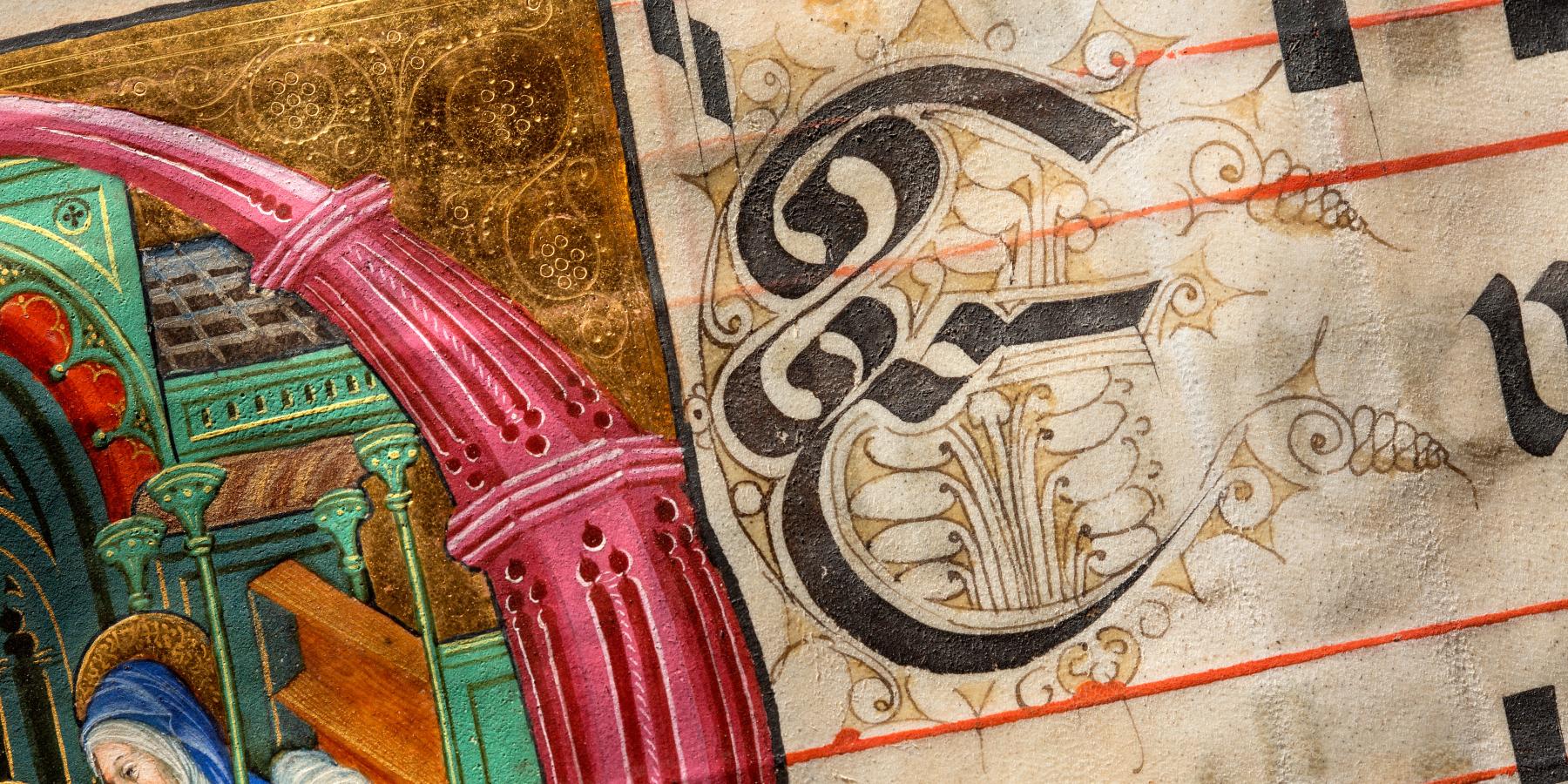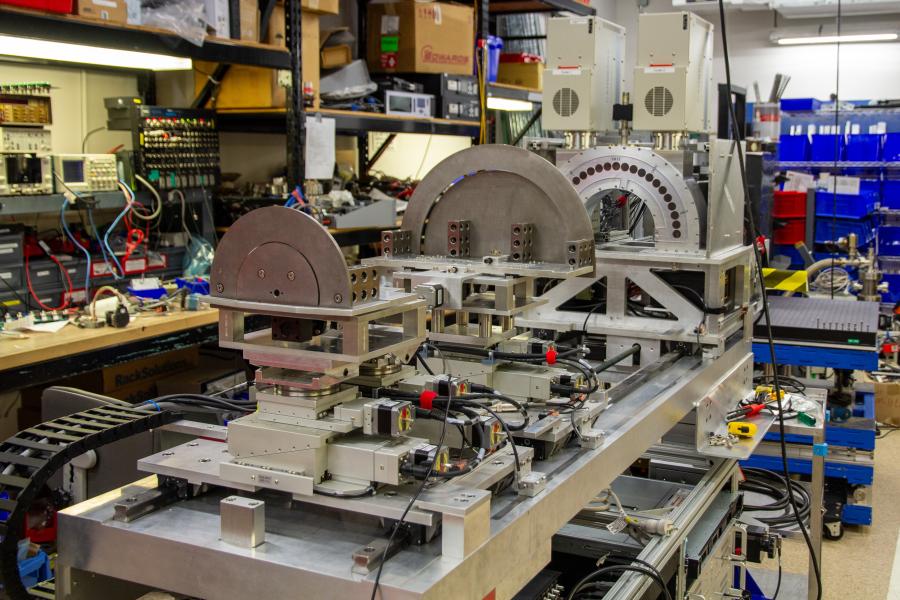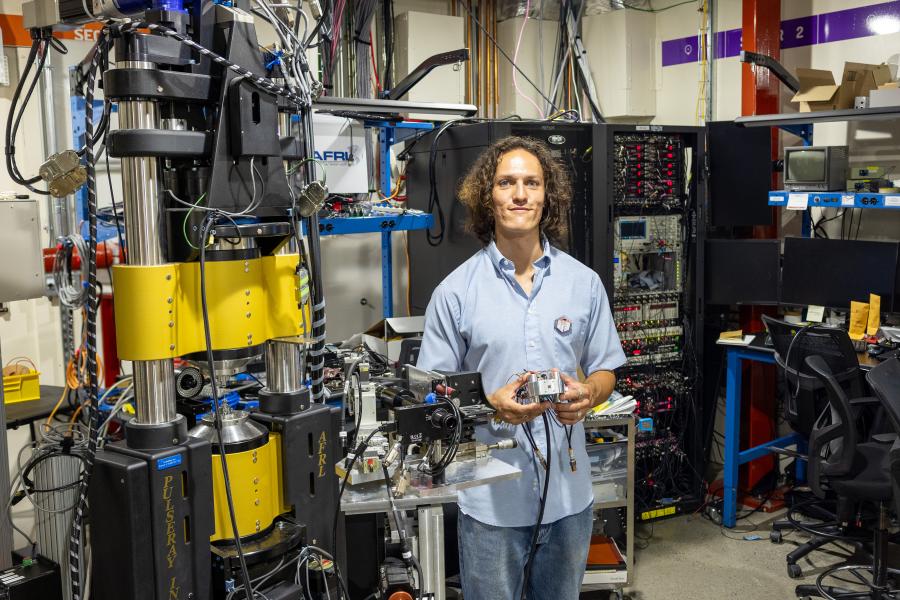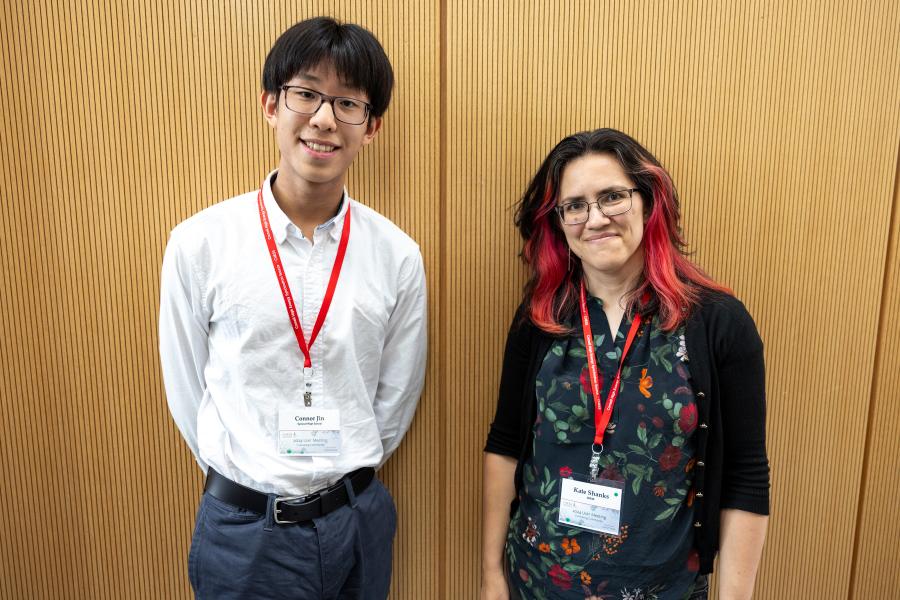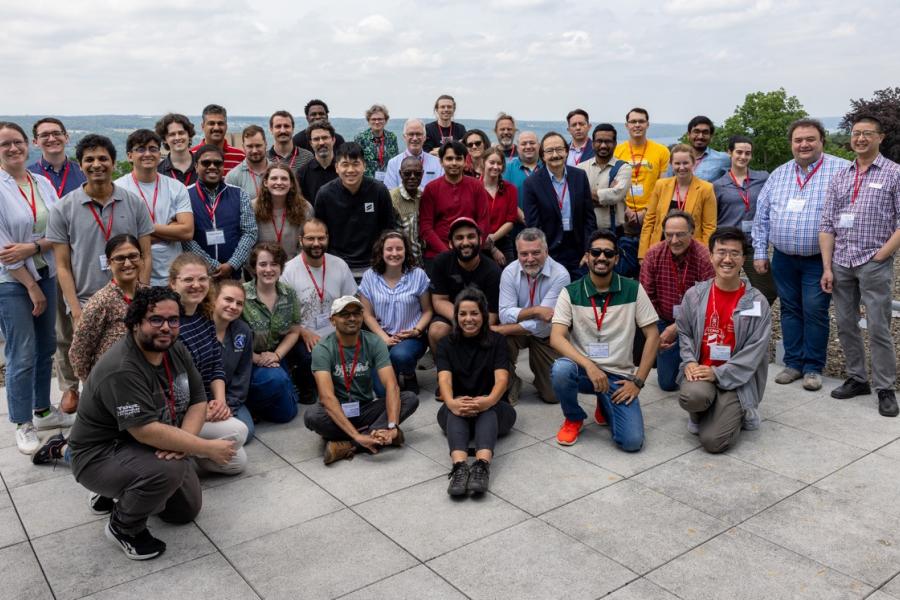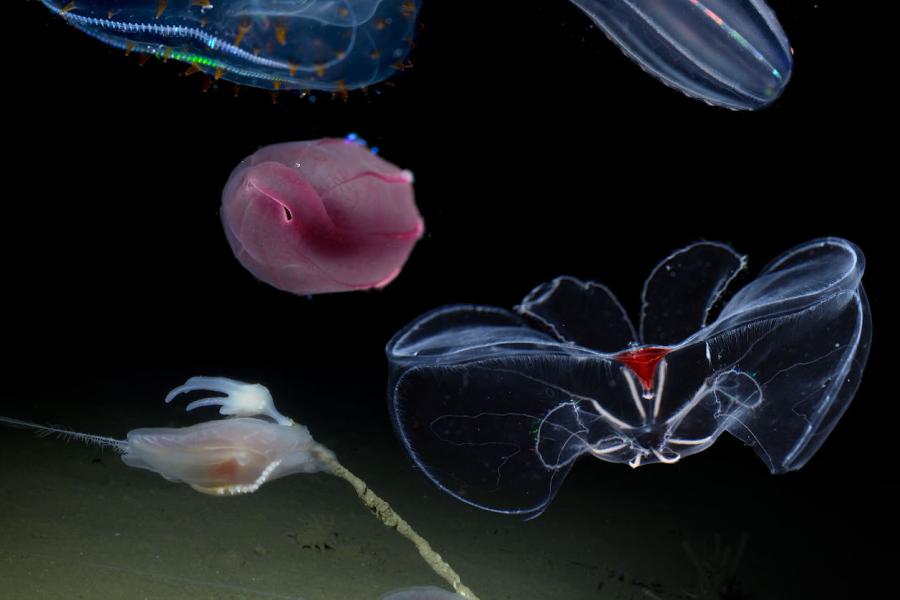Sidebar Menu (View Pages)
- Status
- ⌃ Science
- ⌃ Users
- ⌃ Facilities
- ⌃ Public
- Industry
- ⌃ About
Tags
Featured
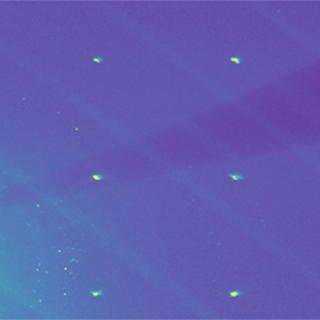
Ruling out Weyl points in MoTe2
Sometimes the hunt for new kinds of fundamental particles doesn't take place inside high-energy particle colliders, but rather in the low-energy degrees of freedom of exotic quantum materials.
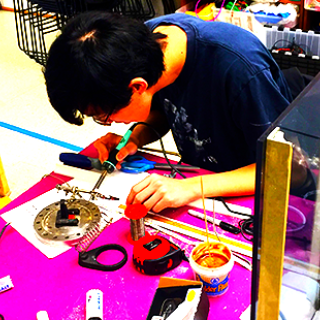
Education program catalyzes identity in science
As part of a new integrated approach to outreach, education, and public engagement, CHESS has an exciting new initiative that achieves multiple broader impact objectives while simultaneously making our lab more inviting to visitors and partners.
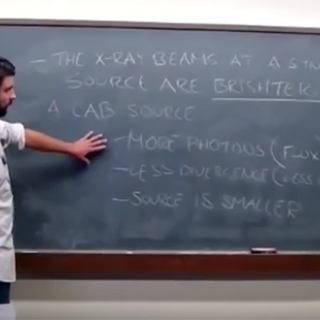
Synchrotron "X-ray Micromechanics" course now online
As part of the mission of InSitμ@CHESS, the ONR-funded center focused on developing new High Energy X-ray Diffraction (HEXD) users and methods, the staff has developed and made available an online course for novice X-ray users with backgrounds in engineering.
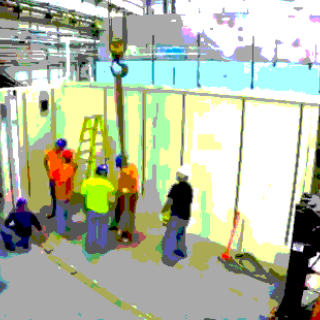
CHESS-U is taking shape
Over six days this past September, two new hutches were installed in the L0 experimental hall of Wilson Lab.
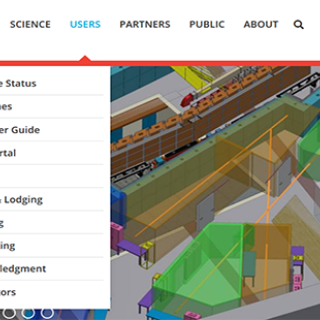
CHESS unveils fresh new website
Parallel to the CHESS-U project performing necessary equipment upgrades here at Wilson Lab, the CHESS website was also in the shop for a makeover.
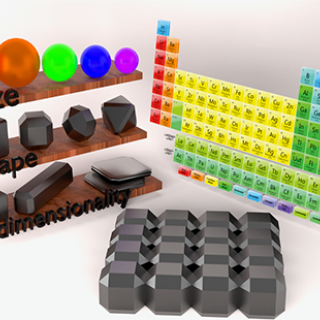
Watching nanocrystals in action
The assembly of colloidal nanocrystal building blocks into ordered superlattices presents many scientifically interesting and technologically important research challenges to create programmable matter from “crystals-of-crystals”.
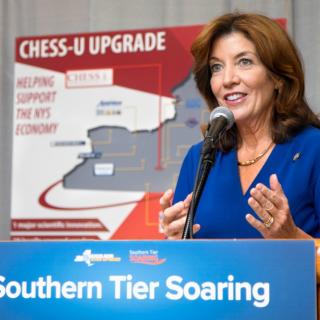
Lt. Gov. Hochul announces $15M from state for CHESS upgrade
Hailing the retention and creation of 250 jobs as one of its most important benefits, Lt. Gov. Kathy Hochul formally announced Nov. 15 that the Cornell High Energy Synchrotron Source (CHESS), a National Science Foundation-supported facility, is the recipient of a $15 million grant from the New York State Upstate Revitalization Initiative.
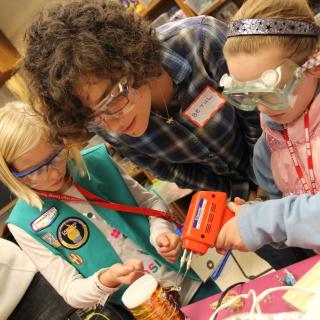
A gem of an activity
The girl scouts, who were working on earning their Radio and Wireless Technology patches, spent their Saturday at Wilson Lab building their radios under the guidance and tutelage of the Cornell students.
